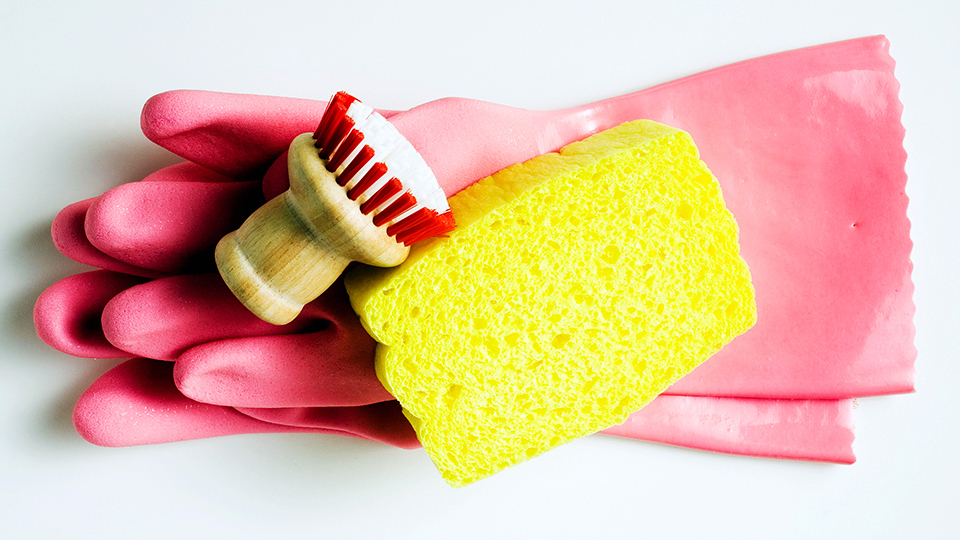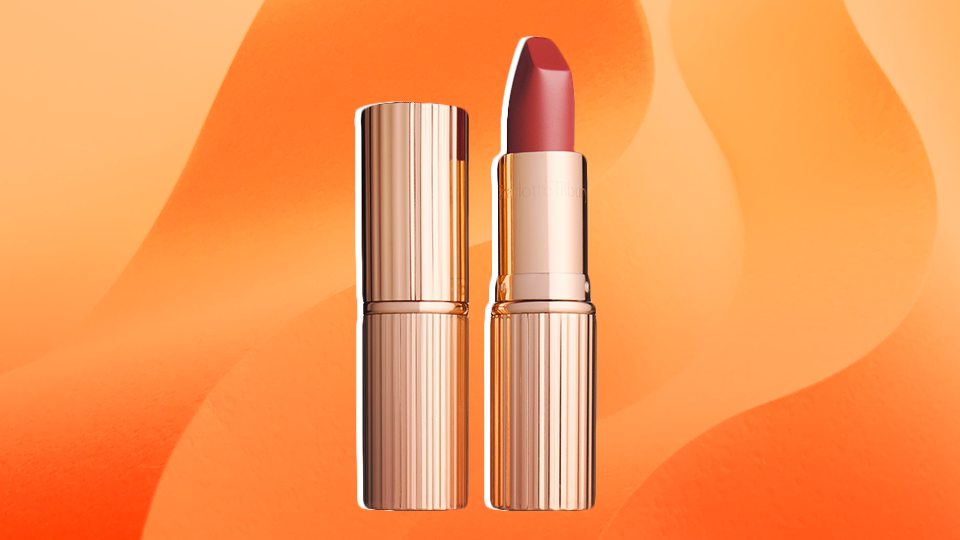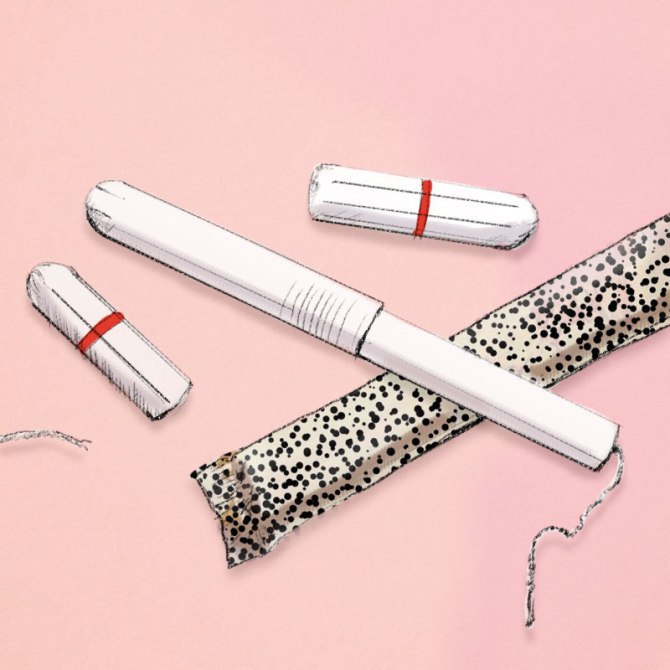Here’s How to Detox Every Aspect of Your Life (and Your Home)

Getty Images
If your idea of a detox involves skipping the Bellini with brunch or choosing takeout from the organic restaurant rather than your usual dinner order, then you’re probably doing it all wrong. The dangerous toxins you should actually be avoiding are found in everything from cleaning products to your beauty cabinet, so it might be worth shifting your attention.
There are a few simple things you can switch up to avoid overexposure to toxic chemicals every day, and to find out how, we spoke with Sophia Ruan Gushee, who spent the last nine years researching household toxins and just released a new book: A to Z of D-Toxing: The Ultimate Guide to Reducing Our Toxic Exposures. Here’s what we learned.
Watch out for toxins and toxicants.
When you talk about detoxing your life, what you really mean is cutting out exposure to man-made “toxicants” as well as toxins that come from nature and can be dangerous. The word toxins usually refers to naturally occurring exposures that can cause harm, like lead. Toxicants are man-made toxic exposures, such as phthalates, which are endocrine-disrupting chemicals found in things such as plastics and personal care products. “I use the term toxicants to include both man-made toxic exposures and naturally occurring ones that exist at unnaturally high levels due to human activities,” Gushee said. For example, while lead is found naturally in the environment, you could experience unnatural exposure based on your lifestyle.
Avoid these cleaning products.
The trouble with many popular cleaning products for your home is that it’s hard to really understand exactly what chemicals are in them. “Manufacturers are not required to disclose them, and they generally don’t,” Gushee said.
One offender is the ingredient “surfactant” that’s often listed on different types of cleaning products such as all-purpose and hard-surface cleaners, carpet and upholstery cleaners, and the detergent you use to wash up after dinner. Also, look out for phthalates, triclosan, chlorine, PFCs (perfluorochemicals), formaldehyde, sodium benzoate, and VOCs (volatile organic compounds). “These toxicants are found in nearly every type of cleaning product, such as laundry detergents, liquid soaps, carpet cleaners, dishwashing liquids, fabric softeners, household cleaning wipes, metal cleaners, toilet bowl cleaners, glass cleaners, dry-cleaning fluids, odor removers, oven cleaners, and spot removers,” Gushee said, adding that the toxicants are linked to “a wide range of adverse health effects.”
Specifically, some studies link VOCs with respiratory illness, and there are concerns about trihalomethanes (which occurs when chlorine combines with something else) being linked with bladder, rectal, and colon cancer. Triclosan (found in everything from socks to cleaning products) is actually classified as a pesticide and can affect the body’s hormone systems, particularly your thyroid hormones, and may even disrupt breast development. Scary.
Make your own natural cleaning agents.
While ridding your life of nasty toxicants, you still need to find a way to, you know, clean your house. Gushee recommends making your own solutions using materials that are actually safe, such as vinegar, baking soda, water, lemon, hydrogen peroxide, and castile soap.

STYLECASTER
Purge your beauty cabinet.
Gushee says that, like some cleaning products, cosmetics can include preservatives (such as formaldehyde and parabens), triclosan, lead, and fragrance, which can contain lots of chemicals, including toxicants. These toxicants are found in a ton of beauty products, so be sure to check the ingredients of some of the biggest offenders like concealer, foundation, eye shadows, moisturizers, and nail polishes. In 2012, the FDA found that almost all of the 400 popular lipsticks it tested contained lead. Another FDA investigation discovered that some skin creams may contain toxic levels of mercury, which can damage the kidneys and the nervous system.
Common chemicals in nail polish can even disrupt the way your endocrine system works and potentially impact your fertility and exacerbate symptoms of PMS. Specifically, it’s these names you need to watch out for: toluene, formaldehyde, DBP, resin, and camphor.
Concerned? Try switching to clean beauty products and go for nontoxic nail polish.
Adjust your diet.
Detoxing your diet doesn’t just refer to switching over to organic foods; holistic health obsessives also suggest reducing the amount of plastic food and beverage containers you use, switching instead to glass and stainless steel. Environmental benefits aside, this line of thinking ensures that you avoid exposure to phthalates—a chemical found in plastic— which can disrupt your hormones.

Candace Napier
Switch to organic tampons.
“Most women don’t think about the materials and ingredients that comprise feminine care products, like tampons and maxi pads,” Gushee said, suggesting switching to natural or organic brands instead. However, while there are allegations that some tampons contain toxic amounts of dioxin (which actually refers to a number of related chemical compounds), studies have found that dioxin levels in tampons are at or below the detectable limit, and don’t pose a health risk.
In saying that, while the FDA doesn’t actually regulate the organicness of something like a tampon, new natural brands such as Lola and Tom Organic are 100-percent cotton—which means they’re 100-percent natural and biodegradable, unlike other brands, which are made from synthetics like rayon and polyester. Considering there isn’t a ton of research into the long-term impact of artificial fibers in tampons, it may be safer to go with a natural option.
Don’t wear shoes in the house.
This is an easy one: Leave your shoes at the door. “The bottom of shoes can track in pesticides, coal tar, and other threatening exposures,” Gushee warned. One EPA study estimates that leaving shoes at the door and using a large doormat can reduce lead dust and other contaminants by up to 60 percent.

